Spiders exist in virtually every corner of our world, from urban apartments to remote wilderness areas. While most spider encounters are harmless, their bites can trigger a wide spectrum of reactions in humans—from negligible irritation to life-threatening medical emergencies. What’s particularly fascinating is how the same species of spider can cause drastically different reactions in different individuals. This variability isn’t random but stems from a complex interplay of factors including personal biology, spider species, environmental conditions, and even psychological elements. Understanding why some people experience severe reactions while others barely notice a bite can help demystify these eight-legged creatures and potentially save lives through proper awareness and timely medical intervention.
The Biology of Spider Venom
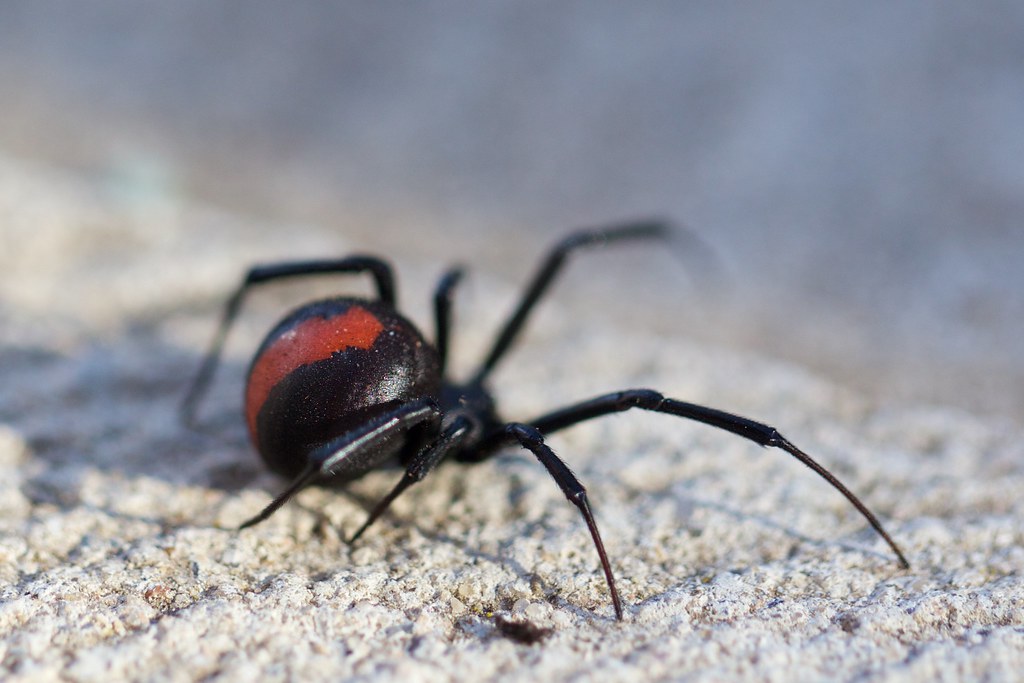
Spider venom is a remarkably complex cocktail of proteins, peptides, enzymes, and other bioactive compounds specifically evolved to immobilize prey. Unlike snake venom, which primarily serves to kill prey, spider venom must work quickly to paralyze insects before they can escape. This evolutionary purpose has resulted in venoms containing hundreds of different toxins, each with unique effects on biological systems. Some components target nerve cells, causing paralysis, while others break down tissues or trigger inflammatory responses. Research has identified over 1,500 different toxins across various spider species, with each species having its own unique venom profile. This biochemical diversity partially explains why human reactions vary so dramatically—different bodies interact with these complex compounds in different ways.
Individual Immune System Variations
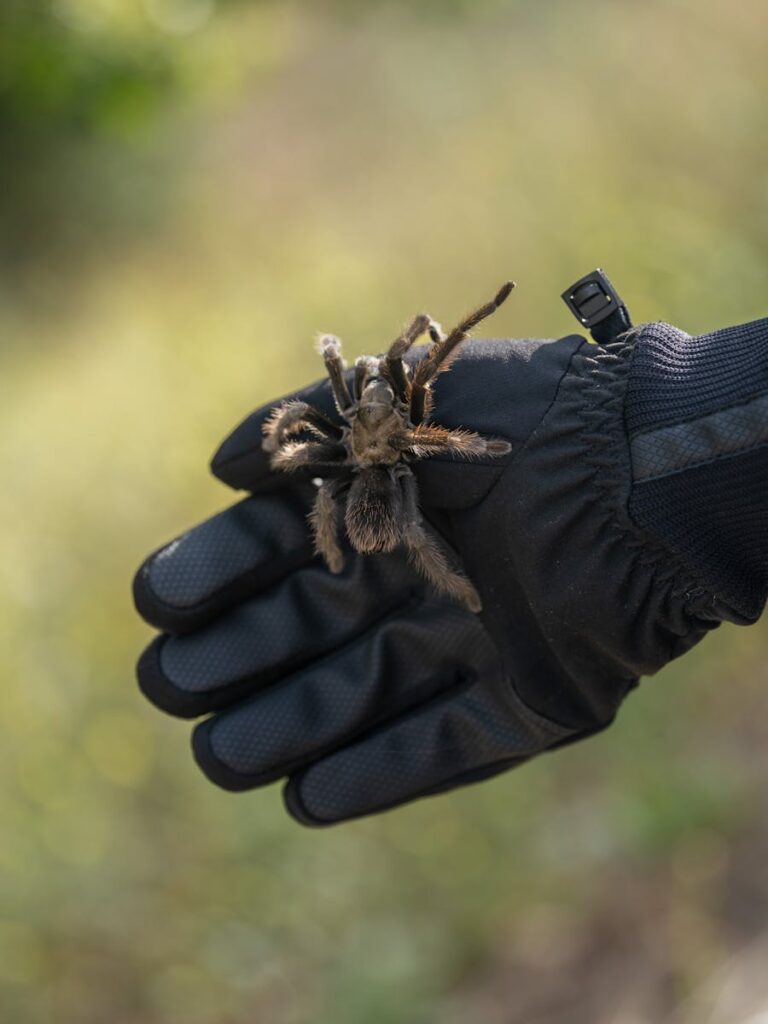
Our immune systems represent the front line of defense against spider venom, and significant person-to-person variations exist in how these systems respond. Some individuals possess naturally more reactive immune systems that launch aggressive responses to even small amounts of venom, resulting in pronounced swelling, redness, and pain. Genetic factors play a crucial role in determining these immune responses, with certain genetic profiles predisposing people to more severe inflammatory reactions. Additionally, previous exposure to similar venoms may have sensitized some individuals, leading to more pronounced responses upon subsequent exposures. Scientists have identified specific immune signaling pathways that show considerable variation across human populations, directly influencing how intensely someone might react to a spider bite.
Allergic Reactions and Hypersensitivity
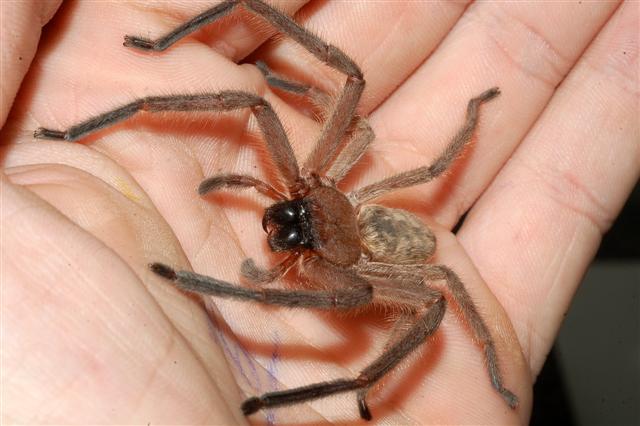
For a small percentage of people, spider bites can trigger true allergic reactions rather than just direct venom toxicity. These allergic responses occur when the immune system mistakenly identifies venom components as dangerous threats, launching a disproportionate defense that can affect multiple body systems simultaneously. In severe cases, this can progress to anaphylaxis—a potentially life-threatening condition involving breathing difficulty, severe swelling, and dangerous drops in blood pressure. Interestingly, a person might not experience an allergic reaction to their first bite from a particular spider species but could develop hypersensitivity over time with repeated exposures. This sensitization process explains why someone might have minimal reaction to a spider bite once but then suffer a severe reaction years later from the same species.
Age-Related Vulnerability Factors

A person’s age significantly influences their susceptibility to spider venom and their body’s ability to manage its effects. Very young children and elderly adults typically experience more severe reactions due to their less robust immune systems and different body mass-to-venom ratios. Children’s smaller bodies mean that the same amount of venom represents a proportionally larger dose compared to adults, potentially overwhelming their developing immune systems. Seniors often have compromised immune function and reduced cellular repair mechanisms, allowing venom to cause more extensive damage before the body can effectively counteract it. Additionally, age-related changes in skin thickness and composition can affect how quickly venom spreads from the bite site into the bloodstream, further influencing reaction severity.
Pre-existing Health Conditions

Underlying health conditions can dramatically alter how an individual responds to spider venom, often amplifying negative reactions. People with autoimmune disorders may experience exaggerated immune responses to venom, leading to excessive inflammation and tissue damage beyond what the venom alone would cause. Cardiovascular conditions can compromise the body’s ability to contain and neutralize venom, allowing it to spread more widely and rapidly. Diabetes patients often have impaired wound healing capabilities, turning what might be a minor bite in a healthy person into a slow-healing wound susceptible to secondary infections. Additionally, individuals with compromised liver or kidney function may struggle to metabolize and eliminate venom components, prolonging their exposure to these toxins and potentially worsening outcomes.
Differences in Spider Species and Venom Potency

The tremendous diversity among spider species translates directly to variations in venom composition and potency, with some species posing significantly greater risks to humans than others. Medically significant spiders like the brown recluse produce venoms containing sphingomyelinase D, an enzyme that destroys cell membranes and can cause necrotic lesions in human tissue. Black widows, by contrast, deliver neurotoxic venom that interferes with nerve signal transmission, potentially causing painful muscle contractions throughout the body. Even within a single species, venom potency can vary based on the spider’s age, size, diet, and whether it has recently used its venom to catch prey. These variations mean that even bites from the same species can produce dramatically different outcomes in different scenarios.
The Role of Bite Location and Depth

Where on the body a spider bite occurs significantly influences symptom severity and progression due to variations in tissue types, blood supply, and proximity to vital systems. Bites on areas with thin skin and rich blood supply—such as the face, neck, or hands—typically result in faster venom absorption and more systemic effects compared to bites on areas with thicker skin or less vascularity. Deeper bites that penetrate past the outer epidermis layer deliver venom more directly into the bloodstream, potentially causing more widespread symptoms more quickly. Additionally, bites near joints or major nerve clusters may trigger more intense pain responses due to the concentration of nerve endings in these areas. Research has shown that identical venom amounts can produce substantially different outcomes based solely on anatomical location.
The Influence of Venom Quantity
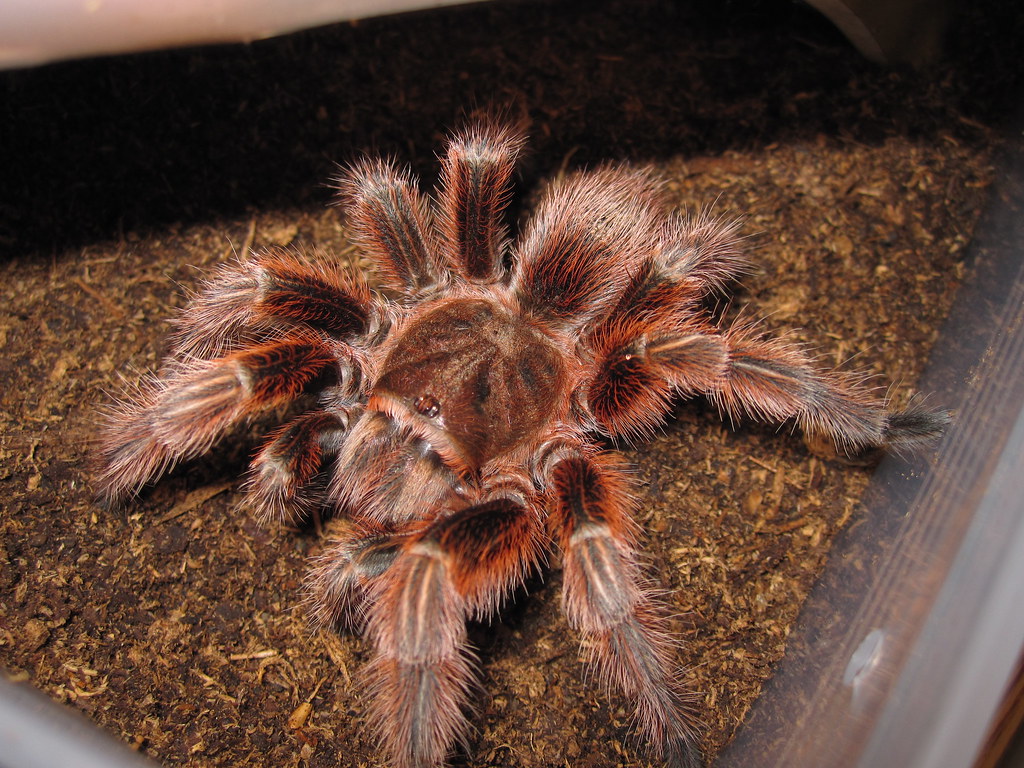
The amount of venom injected during a bite represents a critical variable that significantly affects reaction severity, and this quantity varies tremendously from bite to bite. Spiders have remarkable control over their venom release, often delivering “dry bites” with minimal or no venom when they bite defensively rather than for prey capture. The spider’s size and species influence its venom storage capacity, with larger specimens generally capable of delivering greater quantities. Environmental temperatures can affect how actively a spider’s venom glands function, with warmer conditions potentially resulting in more efficient venom delivery. Additionally, multiple bites from the same spider typically contain progressively less venom, as the spider’s supply becomes depleted with each successive injection.
Psychological Factors and Nocebo Effects
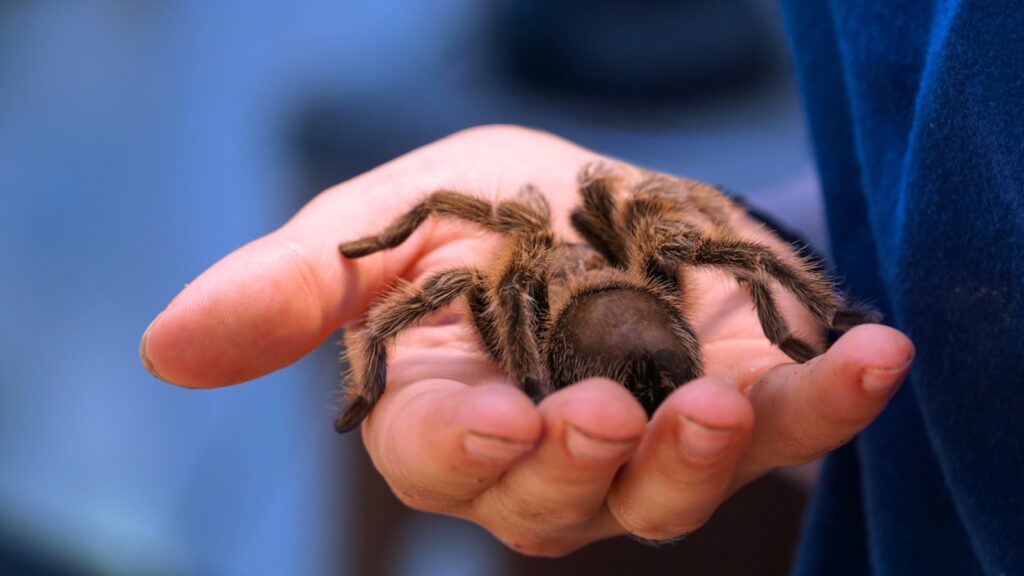
The power of the mind in modifying physical reactions to spider bites should not be underestimated, as psychological factors can significantly amplify symptom perception and even physiological responses. Fear and anxiety trigger stress hormone releases that can increase inflammation, reduce immune efficiency, and heighten pain sensitivity—potentially making bite reactions objectively worse. The nocebo effect, essentially the negative counterpart to the placebo effect, can cause people to experience more severe symptoms based solely on their expectation of harm following a spider bite. Research has documented cases where individuals attributed significant symptoms to non-venomous spider species based on their belief they had been bitten by dangerous varieties. This psychological dimension helps explain why some individuals report persistent or severe symptoms even when medical evaluation suggests minimal venom effects.
Delayed Secondary Complications
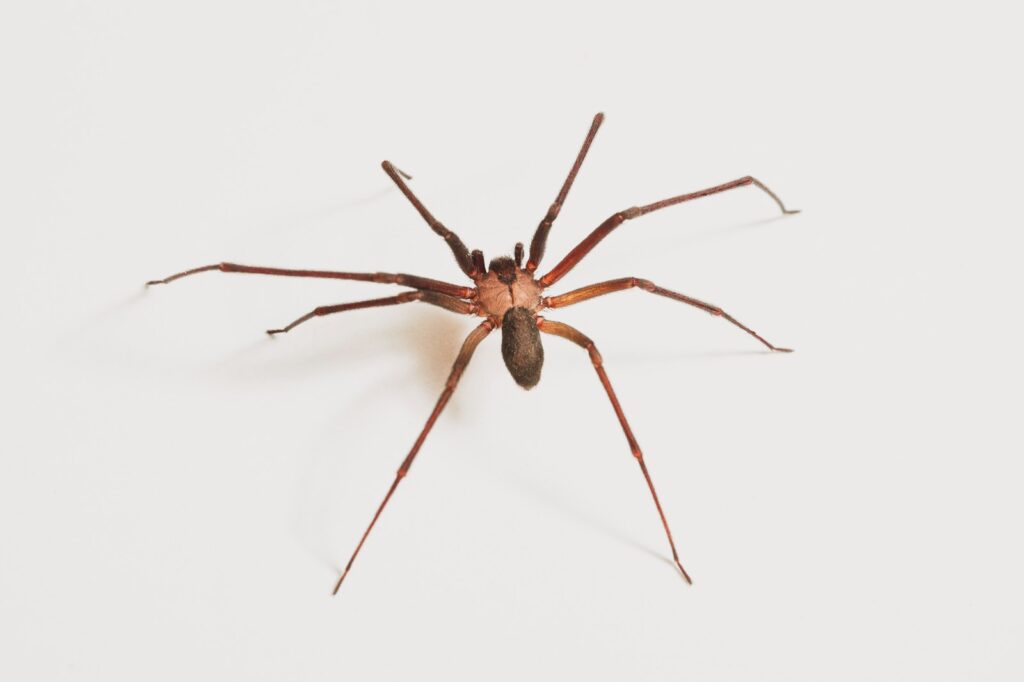
Some of the most serious outcomes from spider bites don’t stem directly from the venom itself but from secondary complications that develop hours or days after the initial bite. Bacterial infections represent a common secondary complication, occurring when bacteria enter the bite wound and multiply in tissues already compromised by venom damage. Certain spider venoms, particularly from recluse spiders, can trigger a dangerous condition called systemic loxoscelism, involving blood cell destruction, kidney failure, and clotting abnormalities in susceptible individuals. Wound healing complications can emerge as the body struggles to repair venom-damaged tissues, sometimes resulting in chronic wounds that resist conventional treatment approaches. These delayed effects often explain why some individuals experience progressively worsening symptoms while others recover quickly, even when bitten by the same species.
Geographic and Environmental Variables

Both geography and environmental conditions can significantly influence spider bite outcomes through their effects on spider behavior, venom characteristics, and human vulnerability. Spiders in hotter climates often possess more potent venoms, possibly due to evolutionary pressure from faster prey metabolism requiring quicker immobilization. Humidity levels affect both spider behavior and human skin conditions—higher humidity may increase spider activity while simultaneously enhancing venom absorption through moistened skin. Altitude can influence how the human body responds to venom, with higher elevations potentially altering immune system efficiency due to lower oxygen levels. Regional variations in healthcare access and knowledge about local spider species also play crucial roles in outcome disparities, with prompt medical intervention often making the difference between minor complications and serious medical emergencies.
Prevention and Treatment Considerations

Understanding your personal risk factors for severe spider bite reactions can inform more effective prevention and treatment strategies. Individuals with known heightened sensitivity should implement more rigorous prevention measures, including regular home inspections, sealing entry points, and using protective clothing when in high-risk environments. The timing of treatment critically influences outcomes, with early intervention often preventing progression to more severe symptoms, particularly for those with known vulnerability factors. Medical professionals increasingly recognize the need for personalized treatment approaches based on individual risk profiles rather than one-size-fits-all protocols. For high-risk individuals, having action plans in place—similar to those used for severe allergic reactions—can ensure faster response times and potentially prevent dangerous complications.
Emerging Research and Future Directions

Scientific understanding of differential reactions to spider bites continues to evolve rapidly, with several promising research directions emerging. Immunologists are developing more sophisticated models for predicting individual reactions based on genetic profiles and biomarkers, potentially allowing personalized risk assessments before exposure occurs. Toxinologists are isolating specific venom components responsible for various symptoms, which could lead to more targeted antivenom developments tailored to individual response patterns. Advances in molecular diagnostics now permit rapid identification of spider species from bite samples, allowing more precise treatment approaches even when the spider wasn’t captured. Perhaps most exciting are developments in preventive treatments for highly vulnerable individuals, including the possibility of desensitization protocols similar to those used for other severe allergies, potentially reducing reaction severity in those with known hypersensitivity.
Conclusion
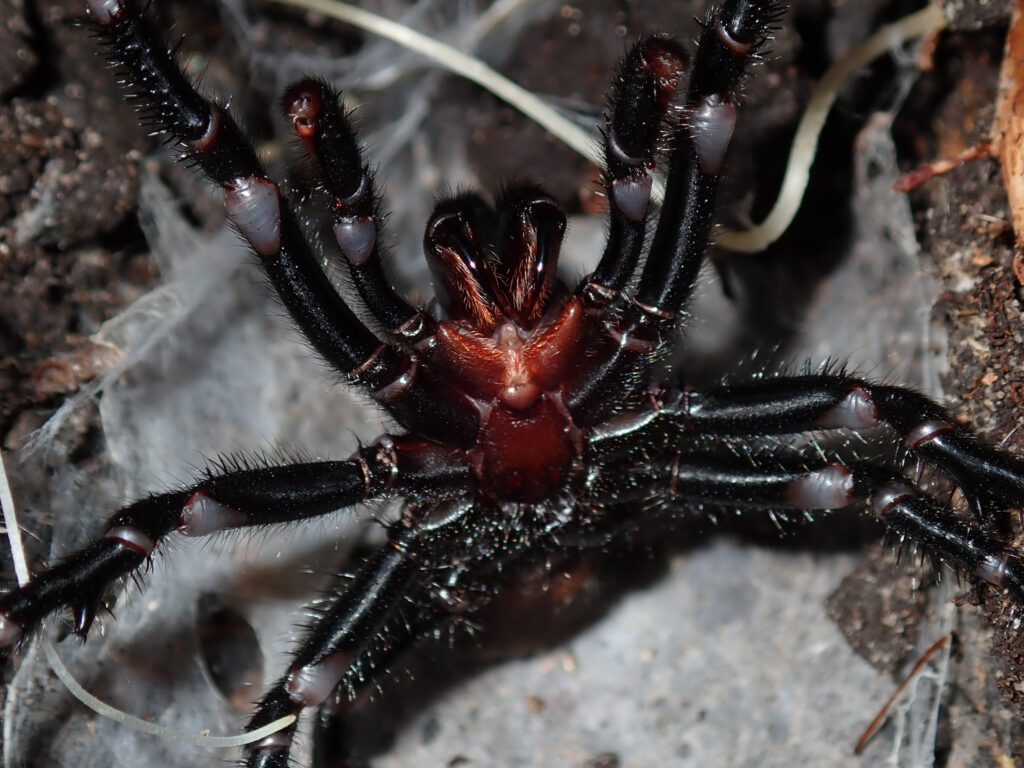
The wide variation in human responses to spider bites reflects the fascinating complexity of the intersection between spider venoms and human biology. While certain individuals will always face greater risks due to genetic predispositions, health conditions, or age-related factors, understanding these variables empowers everyone to make more informed decisions about prevention, risk assessment, and treatment. As research continues to unravel the mysteries of venom interaction with human systems, we move closer to a future where severe reactions might be predicted, prevented, or more effectively treated. For now, maintaining healthy respect rather than fear toward spiders, implementing reasonable precautions, and seeking prompt medical attention when bites occur remains the most balanced approach to coexisting with these fascinating but occasionally dangerous creatures.

